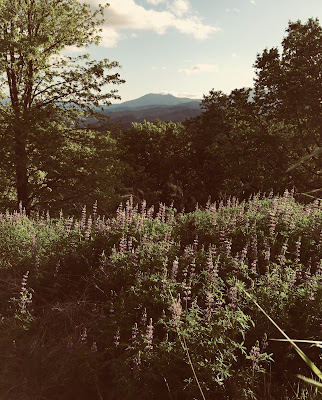Photo: Siobhan Van Lanen
With starting a qualified Internal Revenue Code IRC 501 (c)(3) charity, one is required to comply with many federal and state laws as part of the advantage of being tax exempt from federal and state income tax on the organization’s activities. Charities have two main categories “public foundation or “private foundation.” (Harroch, Bass, 2017)
With starting a qualified Internal Revenue Code IRC 501 (c)(3) charity, one is required to comply with many federal and state laws as part of the advantage of being tax exempt from federal and state income tax on the organization’s activities. Charities have two main categories “public foundation or “private foundation.” (Harroch, Bass, 2017)
In the state of Oregon, registration for a
non-profit charitable organization is completed through the Oregon Secretary of
State; Bev Clarno. To be considered
valid, registration and certification by the Secretary of State is another
requirement. Also in Oregon, regulation
of charitable activities is additionally overseen by the Department of
Justice. There are several required
steps involved in the process of establishing a non-profit organization
including selecting a name, state and local corporation registration, obtaining
tax numbers, and satisfying requirements for insurance. (https://sos.oregon.gov/business/Pages/nonprofit.aspx) Additionally, selecting a minimum of three
participants whom will serve as directors is necessary. (Nolo, n.d.)
Name
Selection
It’s important for the name to be distinguishable
from other business entities on record from the time of filing. Name
restrictions are on the words “cooperative” and “limited partnership.” (Nolo,
n.d.) Explore the Oregon Secretary of State’s
Business Name Search Tool for possible name choices and to make sure you’re not
taking an already existing organization’s name. This can be found at http://egov.sos.state.or.us/br/pkg_web_name_srch_inq.login
Choose a memorable, simple, short name easy to
pronoun and spell which expresses the organization and has emotional
appeal. Consider meaningful keywords
that reveal; who, what, where, why and how as it relates to an understanding of
the organization. Acronyms can also work well in name selection. Remember to narrow your focus and do research
to find out if the name you choose is available with a website domain name too (Nonprofit
Ally, 2015).
State and Local Corporation Registration
Local
city and county clerks can help provide information on requirements and are a
good resource.
The Secretary of State
Corporation Division requires that nonprofit organizations register through
them. There is an annual renewal
requirement too. To do this efficiently,
one can register online at: https://secure.sos.state.or.us/oim/login?oimAction=renew&p_a_cd=CBR&p_fp_gurl=https://secure.sos.state.or.us/cbrmanager/login.action
Obtaining Tax Numbers
The Oregon Secretary of State
website provides interested parties with helpful resources with links to tax
registration information from the Oregon Department of Revenue necessary for
establishing a charitable tax- exempt, nonprofit organization. They list several links some of include:
Charities and nonprofit
organization tax information
There
are also phone numbers for technical assistance and forms: 877-829-5500 and
800-829-1040.
Regulations for charitable
organizations
Satisfying Requirements for Insurance
Obtaining insurance is also
a requirement for a charitable organization and the Secretary of State
advocates The Oregon Insurance Division as a good resource.
References
Non-Profit Services (n.d.) Oregon Secretary of
State: Bev Clarno
Retrieved from
Business
Name Search (n.d.) Oregon Secretary of State Corporation Division
Retrieved
from
Harroch, D. Richard, Bass, D. Harris (2017) 15 Key Steps
To Set Up A Charity: Forbes
Retrieved from
How to Name your Nonprofit or Business (2015) Nonprofit
Ally
Retrieved from
https://www.youtube.com/watch?v=cJw4jHkqquw
How to Form an Oregon Nonprofit Organization: The
steps to form a 501 (c)(3) nonprofit corporation in Oregon (n.d.) NOLO
Retrieved from
Registration for nonprofit organization (n.d.) Oregon
Secretary of State Access System
Retrieved from
Charities and Nonprofit Organizations (n.d.)
Internal Revenue Service
Retrieved
from
Charitable
Organizations (n.d.) Internal Revenue Service
Retrieved
from
Division of Financial Regulation (n.d.) State of
Oregon
Retrieved from




